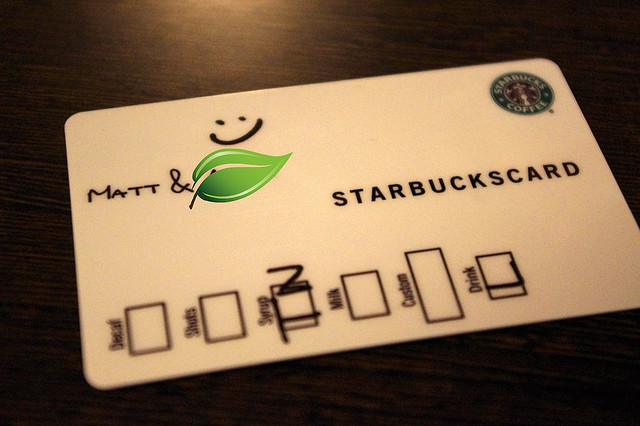Personalization.
You might define it as delivering the right content/products/offers, at the right time to the right customers.
Of course, it’s easy for marketing gurus to preach and vendors to promise – but in reality, personalization without strategy is still just shotgun marketing.
Why is personalization so difficult?
We don’t know everything about our customers
There are a number of data sources you might use to profile your customer, including:
- Account profile data
- Demographics, zip code profile
- Geolocation, time zone
- Device context
- Customer / non-customer status
- Referral sources such as websites, affiliates, marketing campaigns and social networks
- Session-based clickstream data
- Site search (a very valuable one)
- Past search, browse and purchase history
- “Wisdom of the crowds” – people who take similar journeys tend to do X, Y or Z, and real-time analytics
- Email program segments
- Self-segmentation (asking visitors to select personal or business, for example)
- Third party and cross-channel data sources
While all this data can be incredibly useful for profiling and targeting – there are still personalization challenges.
Analytics tell us what happened in the past – not what the customer is thinking or desiring now. What has changed in her life, income, family, tastes, needs?
Profile data only tells you so much – and is sometimes falsified or outdated.
Context is lost across sessions, devices and channels. Cookies get deleted. Visitors switch browsers and machines. Research may be done on mobile, but no checkout.
Customers purchase products offline or from competitors, yet your personalization engine continues to target as though they haven’t.
Google doesn’t share keyword referral data from organic or paid search anymore, making it harder to pinpoint intent, and separate branded from non-brand searches.
Customers often won’t log in to their accounts to search and browse, rather wait until point of checkout to identify themselves.
Beyond these data difficulties, businesses also commonly suffer from technology and process challenges.
Siloed data across tools, channels, campaigns and business units. Data, data everywhere, but you can’t make it sync. For many, this is a perceived barrier to entry. The technology to pull it all together, such as marketing cloud solutions and API technology, is readily available.
Lack of strategy. Personalization is a marketing strategy, not just a tactic. It’s a mistake to implement a tool, and set-it-and-forget it. Think through your hypotheses of personalization. What content should be shown to what audiences, at what time, for what ends? Determine which rules, constraints and exclusions should be applied to your tools for the most effective targeting.
Lack of testing. Design a process for testing and measurement. You can A/B test without personalization, but shouldn’t personalize without A/B testing. (Or multivariate).
Lack of human resources. To execute well, you need strategists and analysts, as well as content creators and management. Don’t underestimate this, or under-invest.
Personalization can be very effective, but to succeed, marketers need to begin with strategy to determine which types of data are required to serve each personalization hypothesis, ensure that data can be accessed and integrated into the marketing program and tools, with the proper constraints and testing process.
We’ll be covering more granular personalization topics in the coming weeks. Stay tuned.
Image credit: CC by Matt_Weibo




